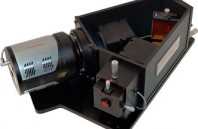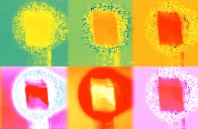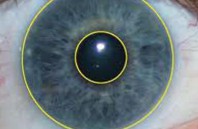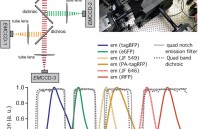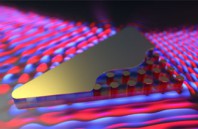Two strategies are currently used for corneal refractive surgery: Laser-assisted in situ keratomileusis (LASIK), and Small incision lenticule extraction (SmILE). For the first, the surgeon makes an incision parallel to the corneal surface, creating a thin flap, and then undertakes...
Read more
IR and UV Vortex Beams for Ultraprecise Plasma-mediated Eye Surgery
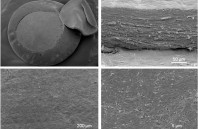

 (585) 768-2513
(585) 768-2513

